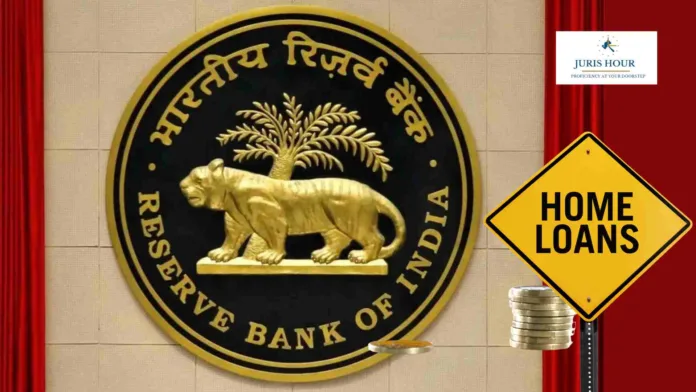This article deals with RBI Repo Rate Cut: Impact On Home Loan.
The Reserve Bank of India (RBI) recently announced a 25 basis points cut in the repo rate, bringing it down to 6.25%. This move, the first rate cut since May 2020, comes as a measure to stimulate economic growth amidst global uncertainties and domestic slowdown concerns. But what does this mean for home loan borrowers and the housing market? Let’s break it down.
Table of Contents
Repo Rate Cut Impact
The repo rate is the interest rate at which commercial banks borrow money from the RBI. When the central bank reduces this rate, borrowing costs for banks go down, allowing them to offer cheaper loans to consumers.
This impacts everything from personal and business loans to home loans, making borrowing more affordable.
How Will Home Loan Borrowers Benefit?
Lower EMIs for Existing Borrowers With Floating-Rate Home Loan
If you have a floating-rate home loan, this rate cut is great news. Banks are expected to reduce their lending rates, which means your Equated Monthly Installments (EMIs) could decrease. For a loan of ₹50 lakh with a 20-year tenure, even a 0.25% rate reduction can save you thousands per year.
No Benefit On fixed-rate home loans
There will be no reduction in EMIs in case of fixed-rate home loans unless the borrower refinanced.
Increased Affordability for New Borrowers
For those planning to buy a home, this is the perfect time to apply for a home loan. Lower interest rates mean reduced overall borrowing costs, allowing more people to qualify for loans and purchase homes they previously couldn’t afford.
Boost for the Real Estate Sector
Developers and real estate firms have welcomed this decision, as cheaper loans can drive up housing demand, leading to more sales. This move is expected to revive the real estate market, especially in metro cities where affordability has been a key concern.
Will Banks Pass on the Benefit Immediately?
While the RBI has reduced the repo rate, it doesn’t automatically mean banks will lower home loan rates overnight. Some factors, such as bank liquidity conditions and deposit rates, play a role in how quickly banks pass on the benefit to borrowers.
According to reports, India’s banking system has been facing a liquidity crunch since December 2024, which may delay the transmission of rate cuts. However, in the long run, borrowers can expect interest rates to come down as banks adjust to the new policy.
Read More: 18% GST On Supply Of Leasing Of Commercial Properties Along With Fit-Outs: AAR





